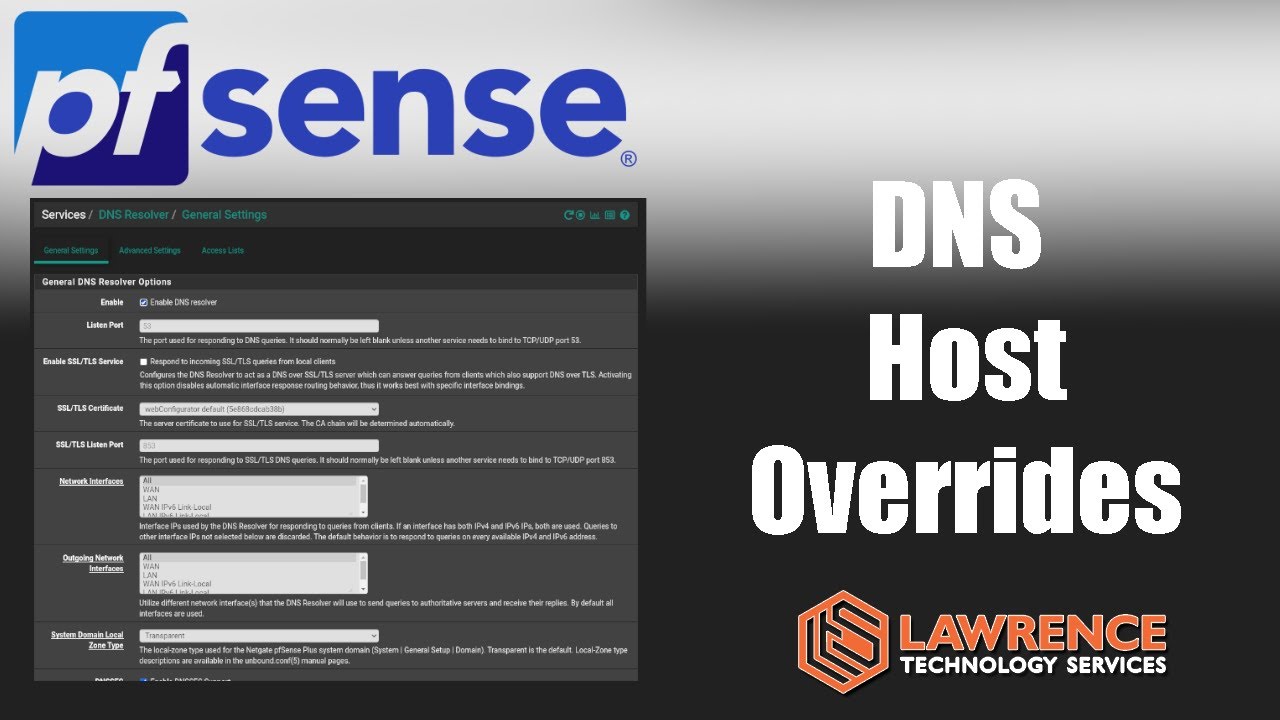New to this stuff. I’ve been slowly upping my home network/home server game since last spring when I was caged up due to having the 'ro. My skill level definitely leans toward the neophyte end of the spectrum. I’ll try to explain as best I can what’s going on…
Setup: pfSense on a thin client. UnRAID on another box running ddclient and WireGuard. Domain name through Name Cheap. I referred largely to this to set up WireGuard. I set up DNS via Name Cheap instead of using DuckDNS.
What’s happening: Using my cell phone with the WireGuard app and WiFi disabled. When I input the IP address (192.168.xxx.xxx) into a browser, I get to the unRAID login screen. I’m able to login and it seems to work as it should. However, when I input the domain name, I get one of two results - either the pfSense login screen, or a pfSense splash/error message screen with, “Potential DNS Rebind attack detected, see [Wikipedia]. Try accessing the router by IP address instead of by hostname.” I’m unable to discern the conditions that lead to the different results with pfSense. One time I swear I got the login screen on one browser and the Rebind attack notification on a different browser, all on the same cell phone at the same time. Right now I’m getting the Rebind error on both browsers.
I may have one little thing wrong, or my whole setup could be…non-conventional. I suspect it’s something to do with port forwarding or a firewall rule, but exactly what is a mystery to me. Still trying to learn what’s going on under the hood.
Thanks to anybody who takes the time to reply.
